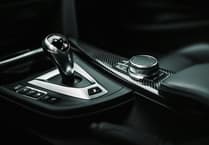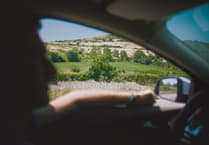Road safety and breakdown organisation, GEM Motoring Assist, is warning drivers to be on the look-out for deer on the roads. The next few weeks will see a peak in deer mobility, as the breeding season gets into full swing.
This means more deer crossing roads, with an increased risk of collisions, says GEM. Periods of highest deer activity tend to occur at dawn and dusk, coinciding with the morning and evening rush hour, increasing collision risks in areas where deer are common.
Experts believe the UK deer population numbers more than two million, and figures from the British Deer Society suggest a car hits a deer every seven minutes in England. Research from the RSPCA shows around 75,000 deer are involved in vehicle collisions each year1, with 10,000 killed instantly.
The human death toll from deer collisions ranges between 10 and 20 annually, with an additional count of around 450 serious injuries. Industry estimates put the cost of damage to vehicles alone to be at least £17 million.
GEM head of road safety James Luckhurst said: “Autumn brings the risk of more deer activity, and it should not be a surprise to see deer crossing roads. The risk of a collision is increased because the shorter daylight hours mean we need to make more journeys in the dark.
“Experts2 say not to swerve to avoid hitting a deer. If a collision with the animal appears inevitable, then the safest option is to hit it while maintaining full control of your car. The alternative of swerving towards oncoming traffic or into a verge or hedge could be a lot worse.”
Top tips for drivers
Take note of deer warning signs. These are placed in locations where wild animal crossings are likely, so keep your speed down and be ready to encounter a deer at very short notice.
Don’t assume it’s just a countryside problem. Deer populations have risen and spread in recent years. Although rural areas tend to present the highest risk, deer sightings have become increasingly common in more urban locations.
Be particularly alert at dawn and dusk, when deer are most active.
If you spot one animal, it’s likely there may be others following, so don’t speed up and assume the danger has passed.
If you do hit a deer, report it to the police, even if you’re uninjured and your car isn’t damaged, as the deer may be fatally injured and suffering.




.jpeg?width=209&height=140&crop=209:145,smart&quality=75)
Comments
This article has no comments yet. Be the first to leave a comment.